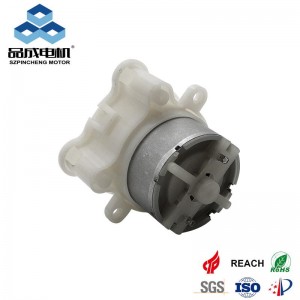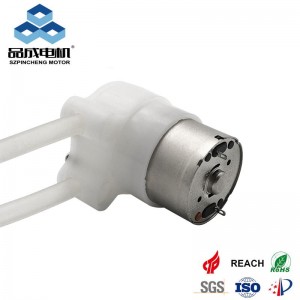Peristaltic pumps, also known as hose or tube pumps, are positive displacement pumps known for their precision and cleanliness. Due to their precision, peristaltic pumps are classified as either metering or constant-flow pumps. Their distinguishing feature is their flexible hose. "Peristaltic pump" typically refers to low-pressure and low-flow models, while "hose pump" typically refers to industrial-grade models capable of handling high pressure and high flow.
This guide details the applications, advantages, and limitations of peristaltic pumps to help you make an informed decision.
Core Applications of Peristaltic Pumps
Peristaltic pumps excel in applications requiring precise, contamination-free fluid handling. Their unique design makes them an ideal choice for a wide range of industries:
1. Medical and Laboratory: Infusion devices, extracorporeal blood circulation, and sample handling in analytical instrumentation. Their high precision and low pulsation enhance the reliability and stability of diagnostic and research equipment.
2. Chemical Processing: Safely transfer organic solvents, corrosive chemicals, and abrasive slurries. The fluid only comes into contact with the pump tubing, eliminating the risk of contamination of the pump or fluid.
3. Food & Beverage: Transfers ingredients, sauces, seasonings, and high-viscosity products such as dressings and pastes. This pump meets hygienic standards and can handle shear-sensitive fluids without changing their consistency.
Industrial: Transfers inks, coatings, high-solids slurries, and liquids containing solid particles.
Key Advantages of Peristaltic Pumps
1. Contamination-Free Operation: The fluid is completely enclosed within the pump tubing and does not come into contact with the pump mechanism. This makes it ideal for sterile applications and prevents cross-contamination.
2. Gentle, Low-Shear Transfer: The peristaltic action gently moves fluids without the use of impellers or gears, preserving the integrity of sensitive, viscous, or fragile fluids.
3. High Precision and Accuracy: As a positive displacement pump, it delivers a fixed amount of fluid per revolution, making it highly reliable in metering and dosing applications.
4. Self-Priming and Dry-Running Capability: These pumps can dry-start and self-prime, effectively handling gases, liquids, and gas-liquid mixtures. They can also pump fluids containing solid particles up to the internal diameter of the pipe.
5. Built-in check valve function: The rollers naturally seal the pipe, preventing backflow and siphoning, eliminating the need for additional valves.
6. Bidirectional flow: Simply changing the motor direction allows for equal forward and reverse flow, providing flexibility in process design.
7. Easy maintenance and cleaning: No valves, seals, or complex internal parts need to be cleaned, making maintenance very simple. The tubing is the primary consumable and can be quickly replaced in the field.
8. Versatility: Able to handle a wide range of fluids, from high-viscosity substances to abrasive and corrosive chemicals.
Disadvantages and considerations
1. Limited hose life: Flexible hoses are subject to wear and tear and have a limited service life, requiring periodic replacement. Hose life depends on hose material, operating speed, and fluid characteristics.
2. Inherent fluid pulsation: The pumping principle generates pulsating flow. While this pulsation can be mitigated by using a pump head with more rollers (which increases the pulsation frequency to smooth the flow), this also increases hose wear and may slightly reduce flow.
3. Pressure and flow limitations: Traditional peristaltic pumps may have lower maximum pressure and flow rates compared to other pump technologies such as diaphragm pumps, but high-performance hose pumps can solve this problem in many industrial environments.
you like also all
Read More News
Post time: Oct-24-2025




